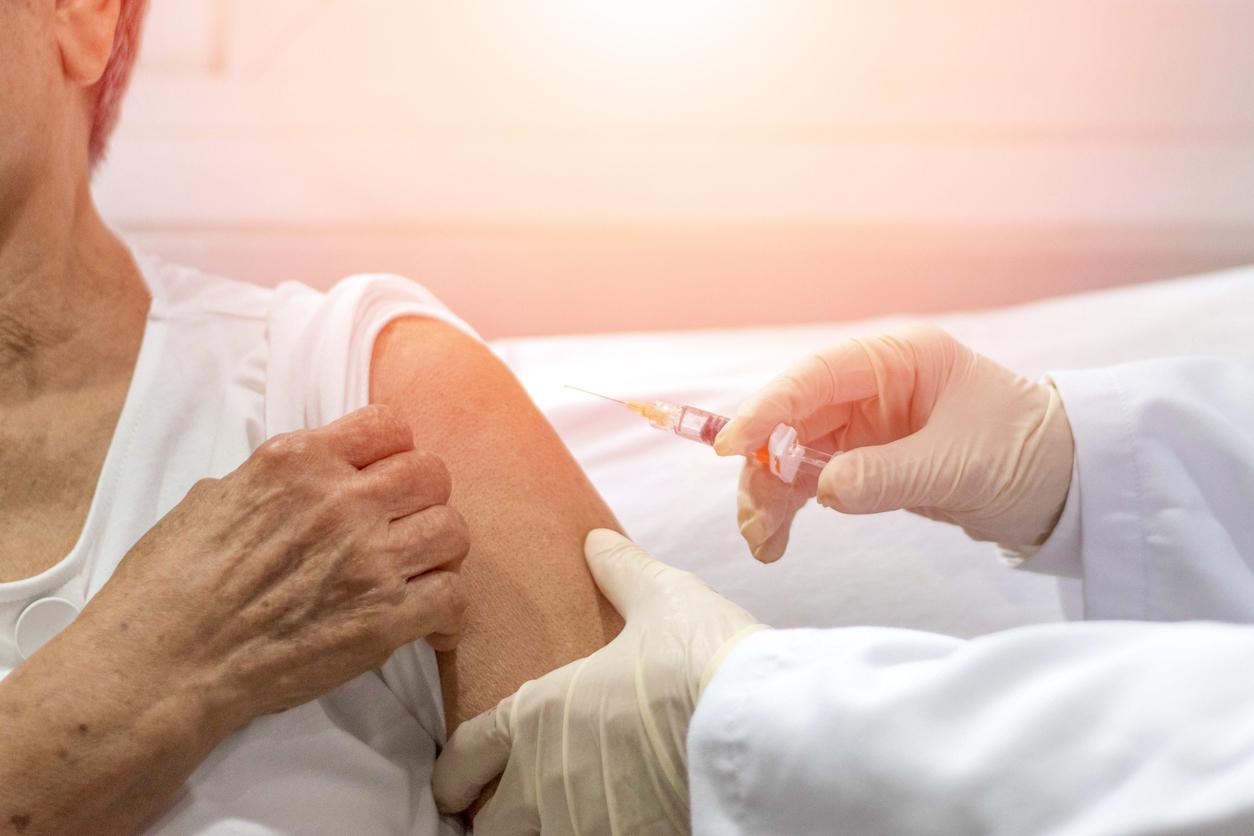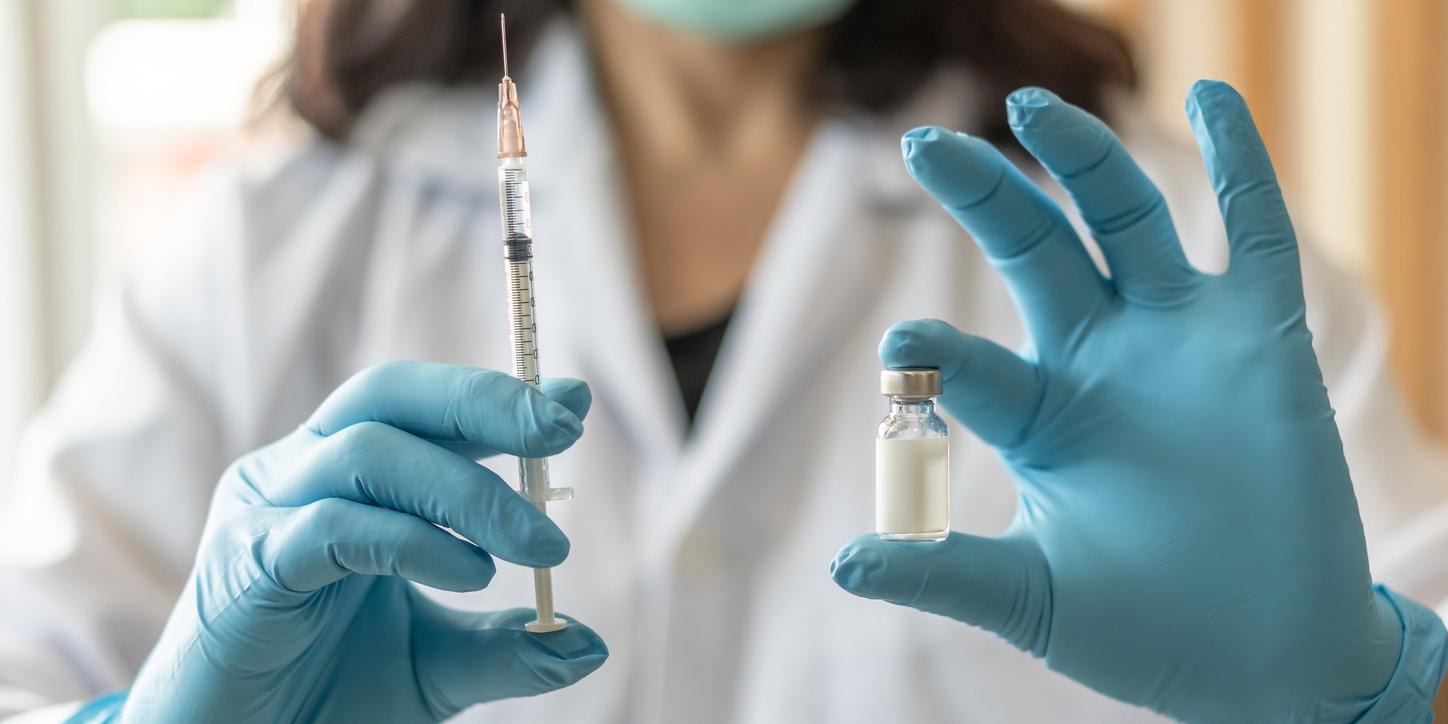
Responsible for 290,000 to 650,000 deaths each year according to the WHO, seasonal flu and its complications can now be avoided with inactivated vaccines. But soon, a new type of vaccine could be added as a means of prevention for frail people. Indeed, the American biotechnology company Moderna announced on Wednesday that it had launched human trials of an influenza vaccine using messenger RNA technology.
Influenza vaccine human trials launched by Moderna
The American biotech company Moderna said on Wednesday, July 7, 2021 that it had started human trials of an influenza vaccine using messenger RNA technology. This is the same technology as that used in its vaccine against Covid-19. To do this, clinical trials plan to evaluate the safety and intensity of the immune response elicited by the injection of the candidate vaccine in 180 adults. The vaccine tested will target the influenza A subtypes known as H1N1 and H3N2, as well as influenza B, Yamagata and Victoria lines. If the tests of the serum, dubbed mRNA-1010, prove positive, it could give birth to a new generation of better performing influenza vaccines.
A more effective and faster vaccine
Today’s influenza vaccines use inactivated virus technology. In other words, they are vaccines which have lost all infectious power by physicochemical process. They are therefore free from any infectious risk but are all the same capable of provoking an immune system response. As for messenger RNA vaccines, they aim to concentrate on a small part of the virus (the Spike protein in the case of the coronavirus, for example) to trigger the production of antibodies. Concretely, messenger RNA is a molecule which acts as an intermediary between DNA and the proteins for which it codes. With messenger RNA vaccines, the goal is to let human cells make the component themselves against which the body will learn to defend itself.
While traditional influenza vaccines (using inactivated virus technology) require strain selection months in advance, messenger RNA vaccines should be able to be developed much faster. In addition, this technology has an advantage since different strains can be targeted in a single injection.















